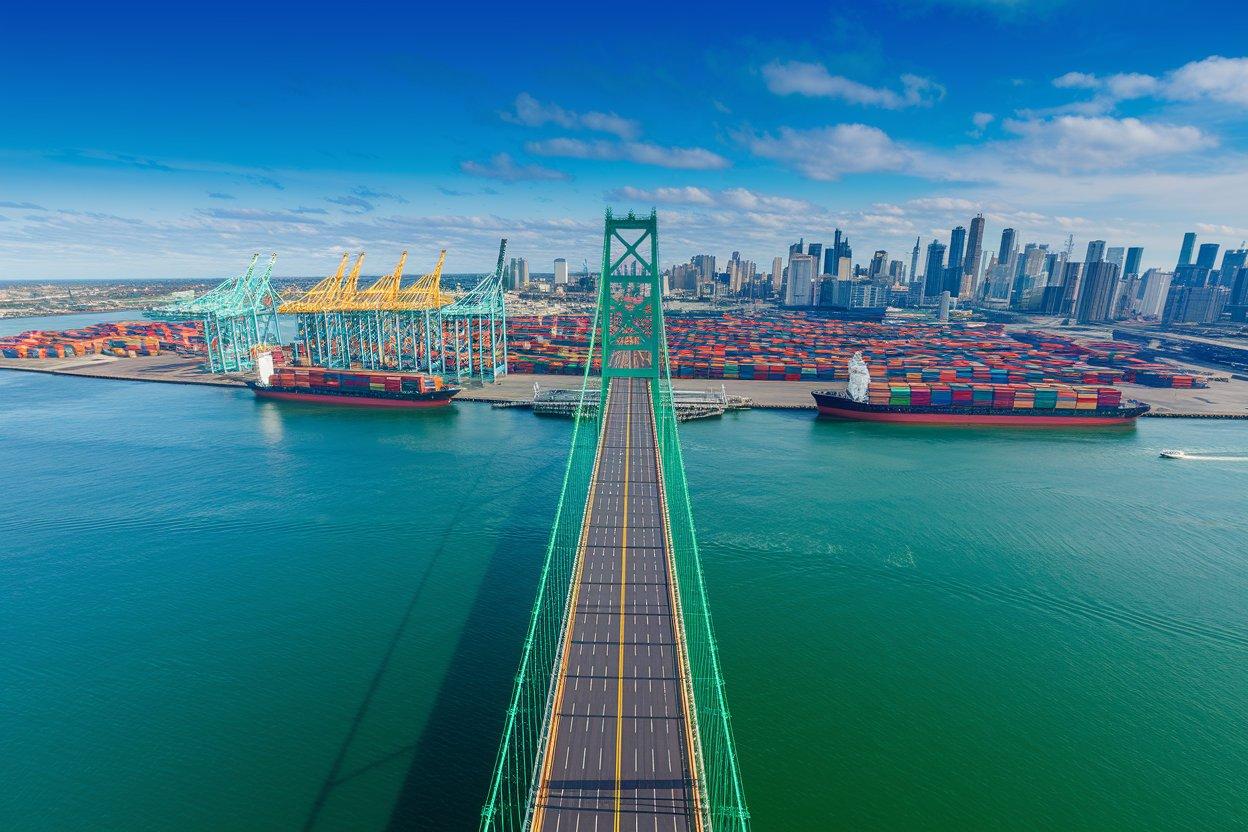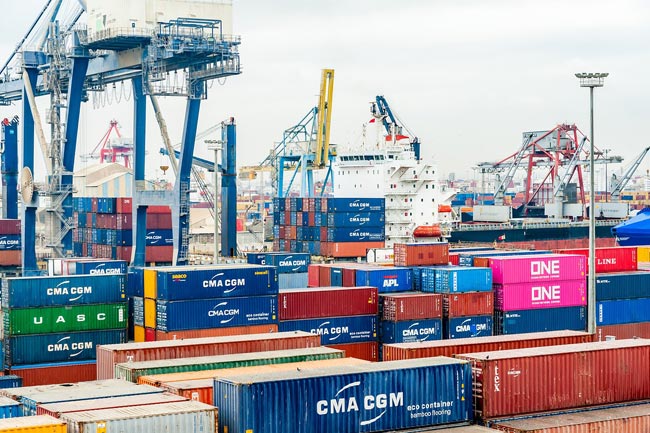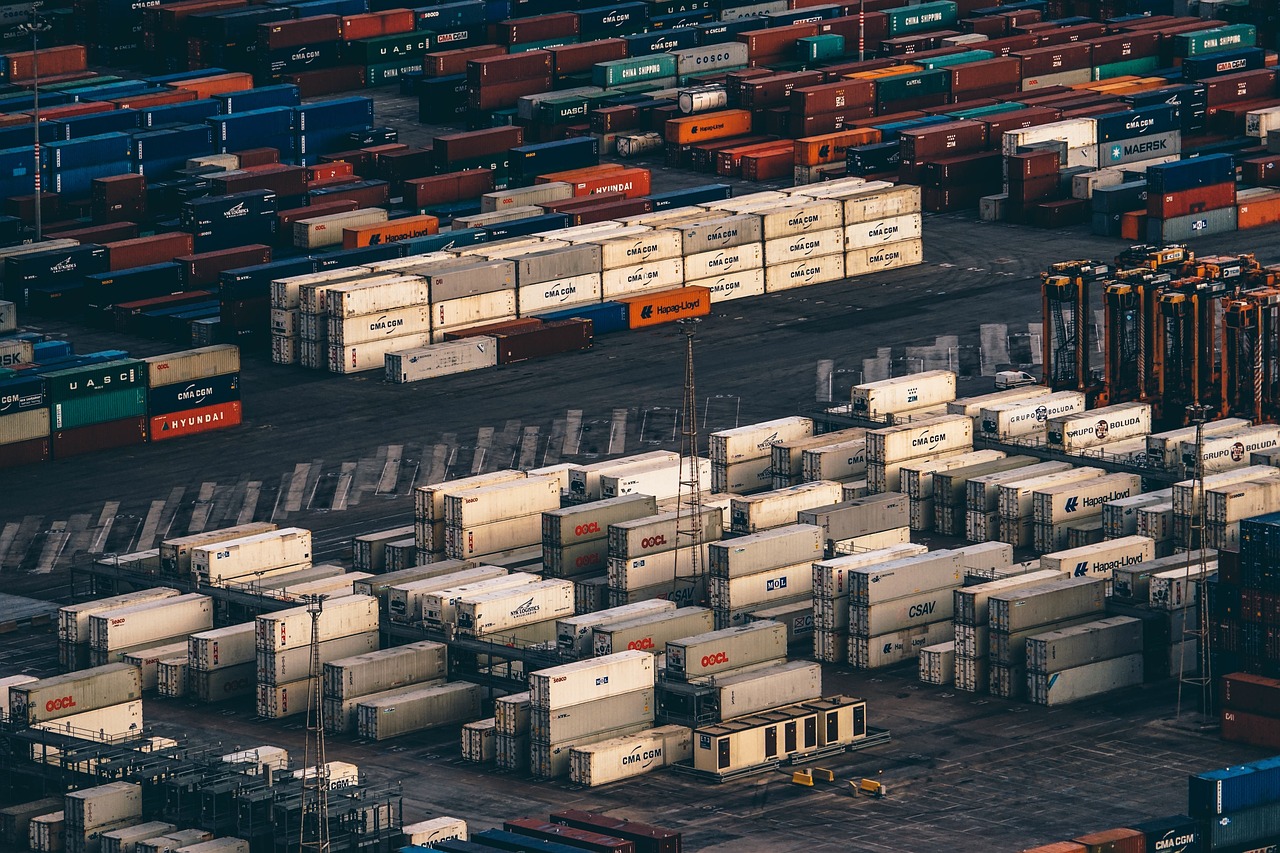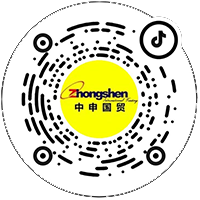- 20 Years of Expertise in Import & Export Solutions
- +86 139 1787 2118
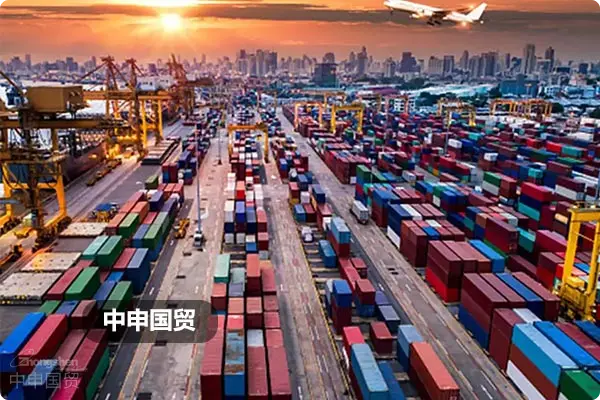
What is?Export Agency?Self-Operated Model?
The self-operated export agency model refers to the operational method where an enterprise withhaving?Import/export?the rights?Foreign trade?carries out cargo customs declaration, foreign exchange settlement, and tax refund applications in its own name.The main difference from the ordinary agency model is:
- The enterprise independently controls the customs declaration consignee
- Directly handles?Tax Refund?Process
- Assumes full trade compliance responsibility
According to 2025 General Administration of Customs data, for enterprises using this model, thetax refund arrival periodhas been shortened to an average of 45 working days, a 30% improvement from 2023.
What are the fundamental differences between the self-operated model and the traditional agency?
A real case comparison of a sanitary ware export enterprise (2024 data):
- Capital Turnover Difference
- Self-operated model: Requires advancing 13% VAT, cash flow is affected by the tax refund cycle
- Agency model: The agency company advances the funds and charges a 1.2% service fee
- Risk Assumption Dimension
- Self-operated model: The enterprise directly bears risks such as customs inspections and foreign exchange controls
- Agency model: Risks are transferred to the agency company, but a risk deposit is required
Which enterprises are suitable for the self-operated model?
According to the latest 2025 industry research, enterprises that meet the following 3 conditions have a higher success rate for conversion:
- Annual export value is stable at over $5 million
- Has a professional foreign trade team (at least 3 certified customs declarants)
- Manufacturing enterprises with a product tax rebate rate higher than 9%
After an LED lighting company switched to the self-operated model in 2024,comprehensive costs were reduced by 2.8%, mainly from the tax rebate difference and savings on agency fees.
How to prevent trade risks in the self-operated model?
Need to establisha three - dimensional risk prevention and control system:
- Document management: Electronic archiving for at least 5 years
- Foreign exchange monitoring: Use intelligent systems to track exchange rate fluctuations in 30+ countries
- Compliance audit: Quarterly review of ECRS (Export Control and Compliance System)
Special reminder: Newly added in 2025Carbon tariff declaration obligations, self-operating enterprises need to have a professional environmental compliance position.
What key points should be noted when choosing the self-operated model?
It is recommended to adoptDecision Evaluation Matrix:
- Financial dimension: Calculate the minimum working capital requirement (Formula: monthly export value × 30%)
- Human resource cost: Annual expenditure for a professional team is about 250,000-400,000 RMB
- Hidden costs: Including AEO certification maintenance, trade audit fees, etc.
A machinery exporter in 2024, due to neglectingRCEP rules of origina change, lost about $120,000 in tariff benefits.
Resources
Contact Us
Email: service@sh-zhongshen.com
Recommended for You
Contact via WeChat
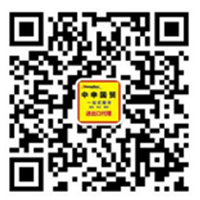
? 2025. All Rights Reserved.
